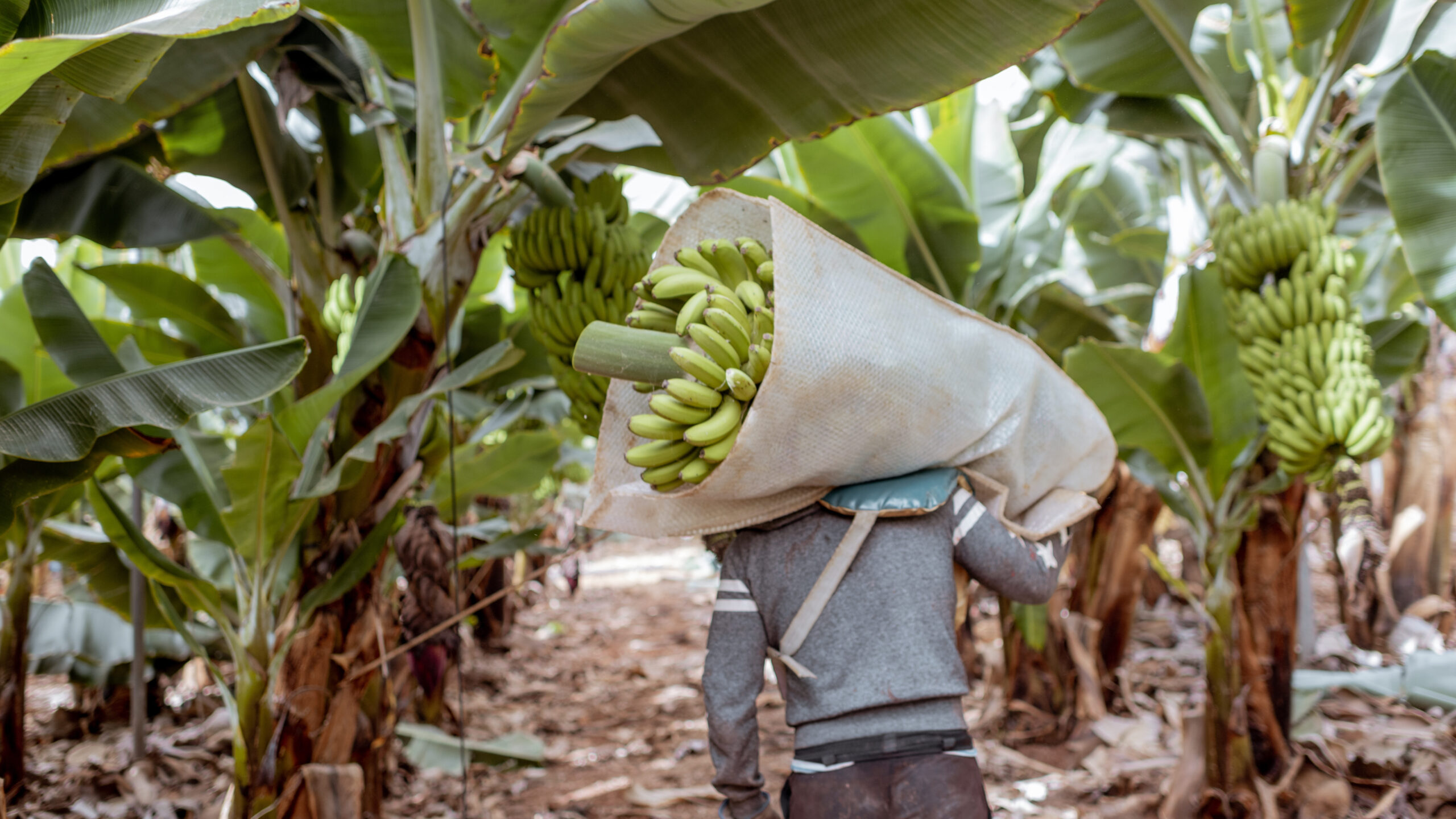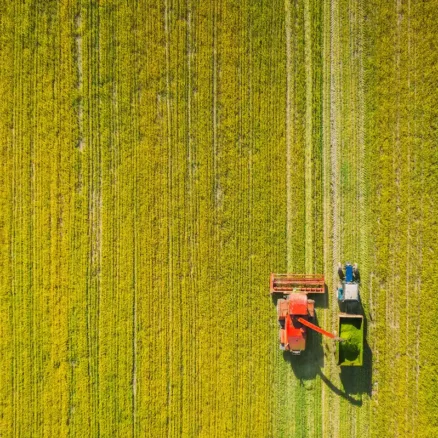Global production levels of 15 key crops could fall by up to 35% by 2050, according to BCG and Quantis modeling.
Volatility in major commodity markets — such as wheat, maize and rice — is at its highest in decades. What were once isolated disruptions are now overlapping crises, driven by extreme weather, geopolitical instability and trade restrictions. These complex, cascading risks demand more than short-term responses, they require a systems-level transformation to build resilient agrifood supply chains.
Food systems are already struggling. One-third of all food produced globally is lost or wasted, even as the World Health Organization estimates that one in 11 people faces food insecurity. Disruptions in agricultural production ripple through local communities and international markets, compromising food availability and economic stability.

Climate change is accelerating this strain. Rising temperatures, shifting growing seasons and more frequent extreme weather events are disrupting key agricultural regions and threatening global food access.
To quantify the scale of these risks, BCG and Quantis modeled the projected impact of environmental stressors on 15 essential crops — including bananas, maize, rice, soybeans and wheat. These crops account for 65% of global production and 70% of global caloric intake, highlighting the urgency of building resilience across the food value chain.
Access Building Resilience in Agrifood Supply Chains here.




